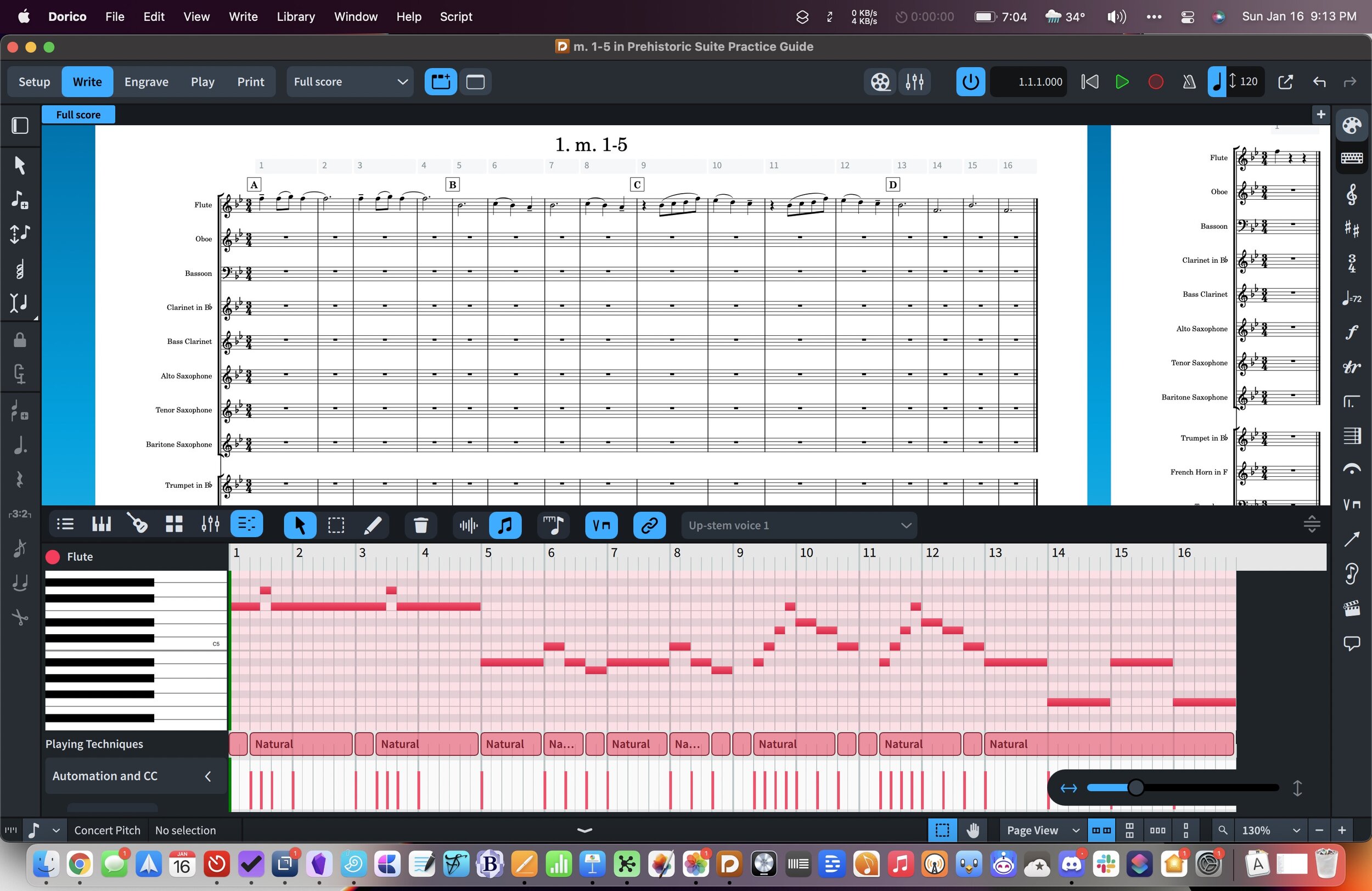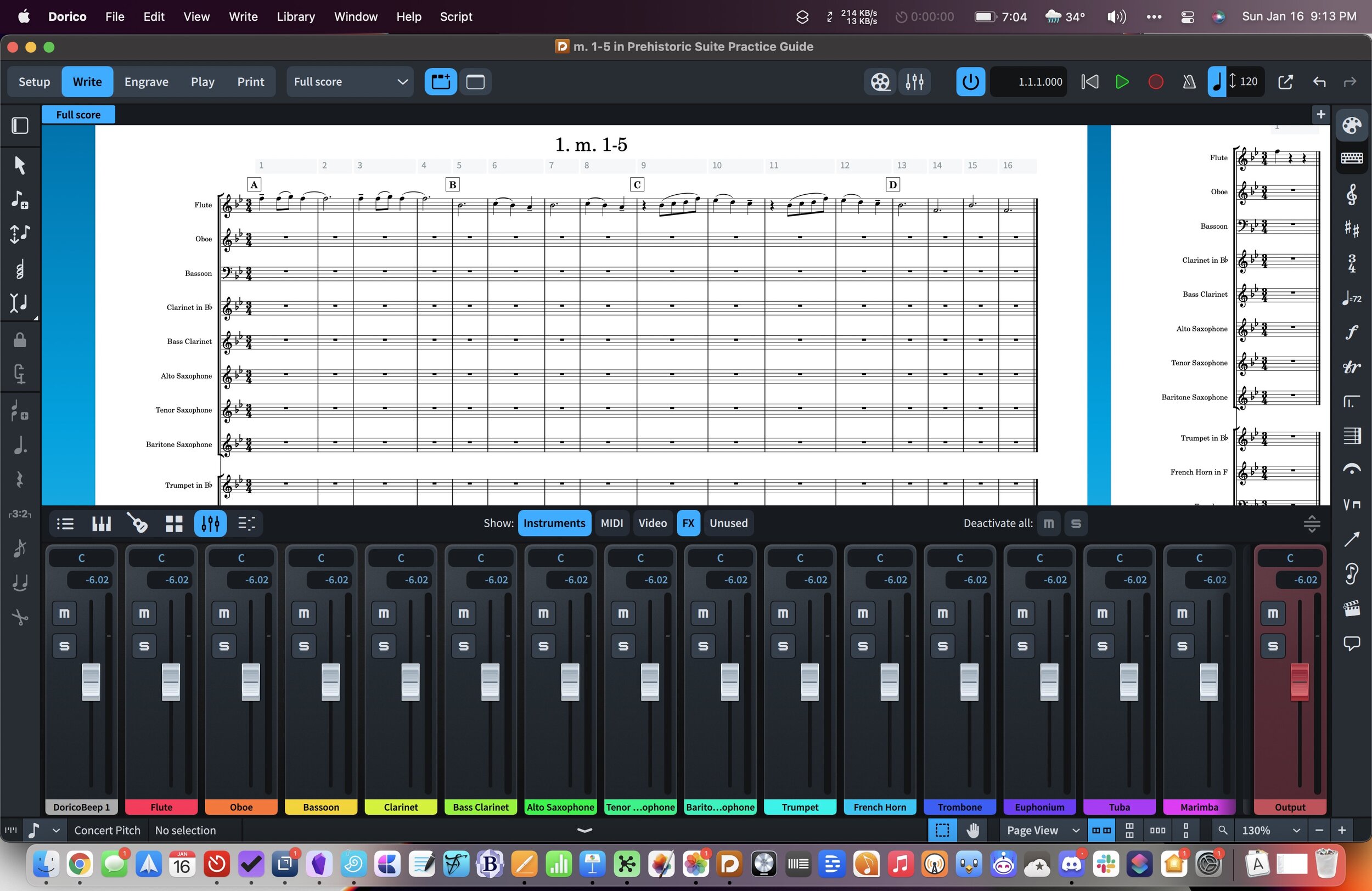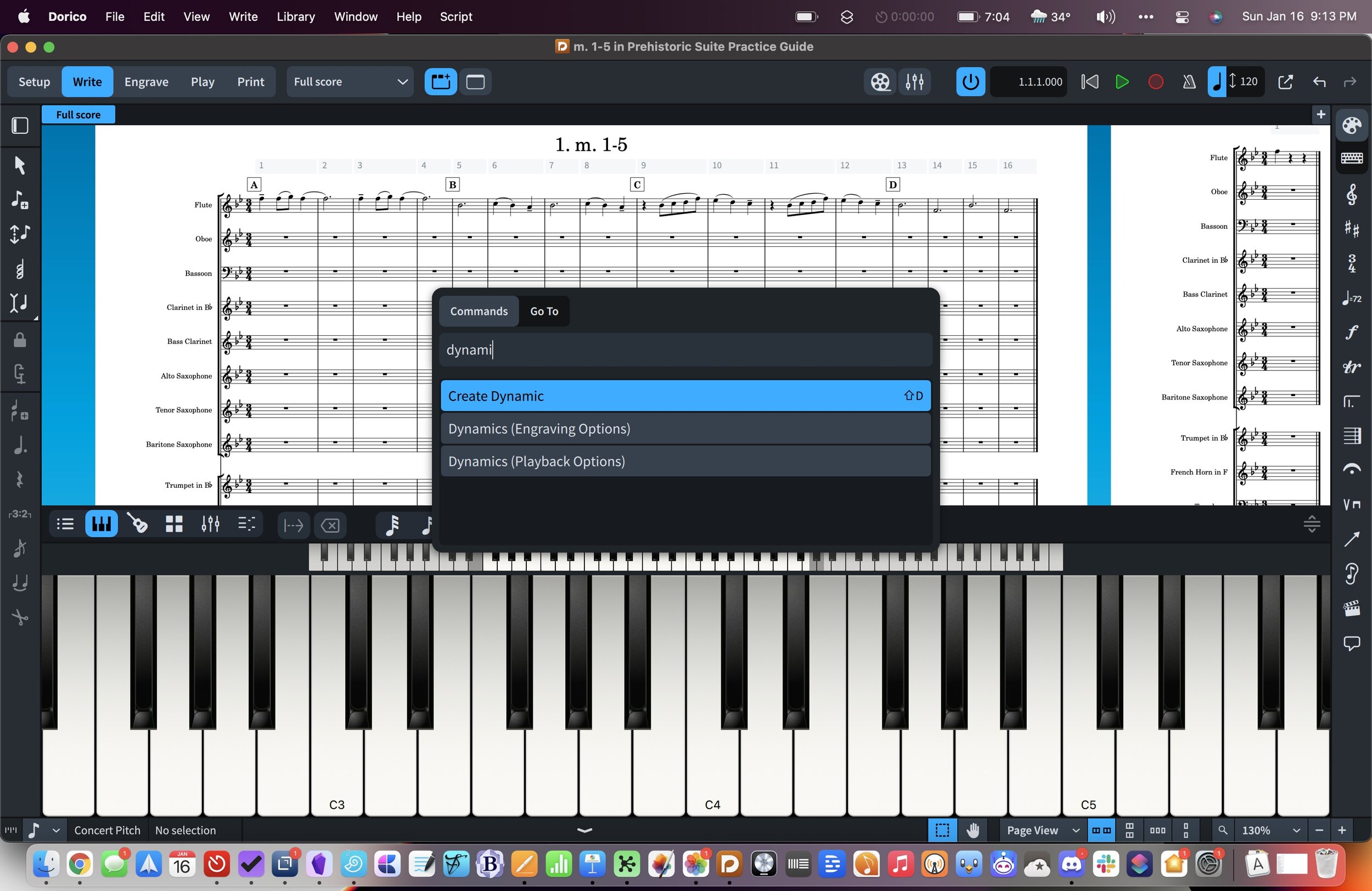My calendar app of choice, Fantastical, released version 3.6 this week.
Fantastical is an amazing calendar app that works with numerous calendar and task services and packs tons of powerful features in a graceful user interface.
The version adds some huge productivity boosts. My favorite of which is a feature called "Openings" which, if you have ever used the service Calendly, adds similar function right into the app.
By setting up a few quick templates, I can now quickly reschedule a private lesson with a parent by texting them a URL. I give Fantastical a window of time; it looks at the free time in between my calendar events and provides the parent with a website that prompts them to choose an available slot. Their chosen time is then added right to my calendar. It is going to help me save tons of time!
There is a video of this feature in action below, and you can read about all of the new features in 3.6 here.
Fantastical has an aggressive subscription price for the premium version, but updates like this make me feel glad I can fund their continued development.


























